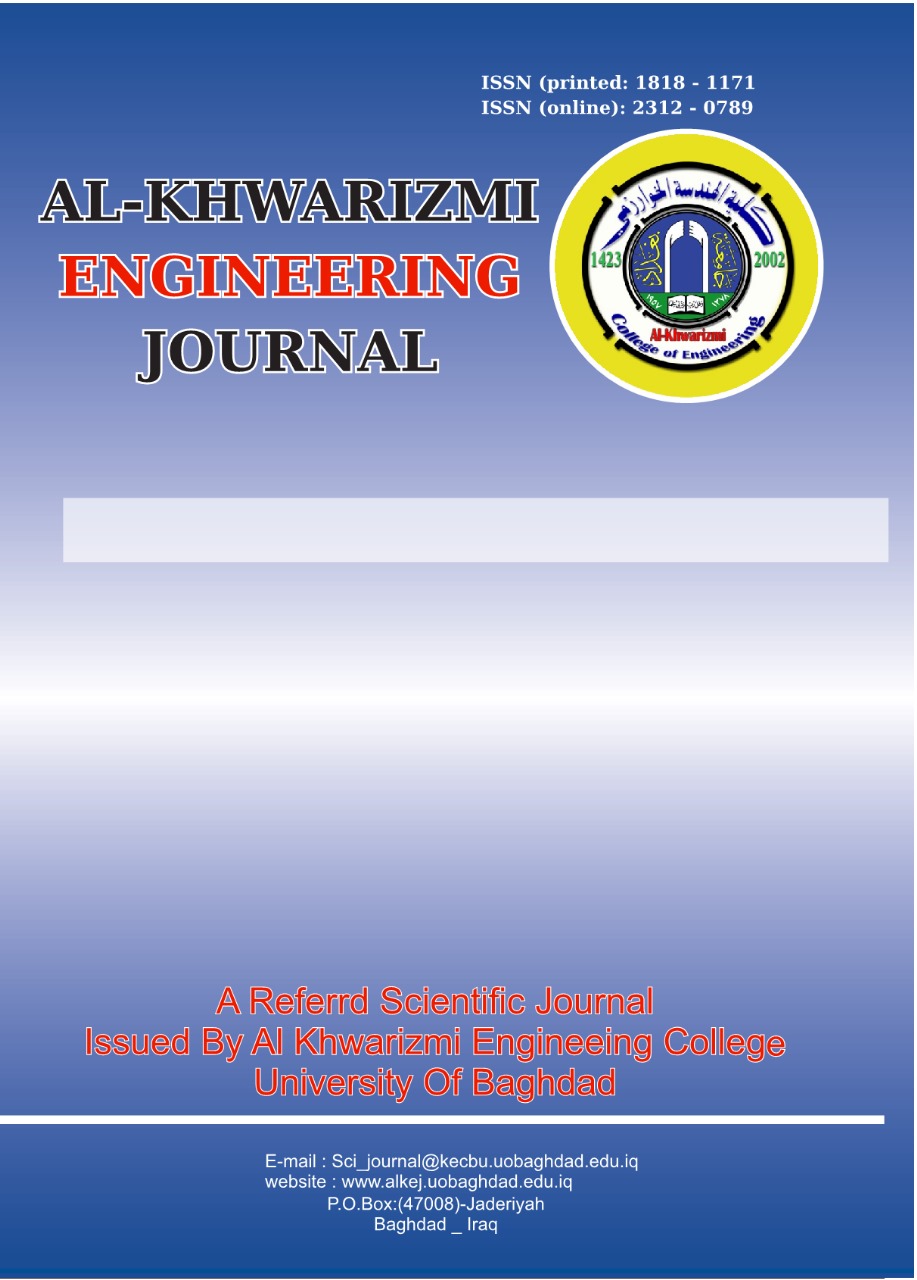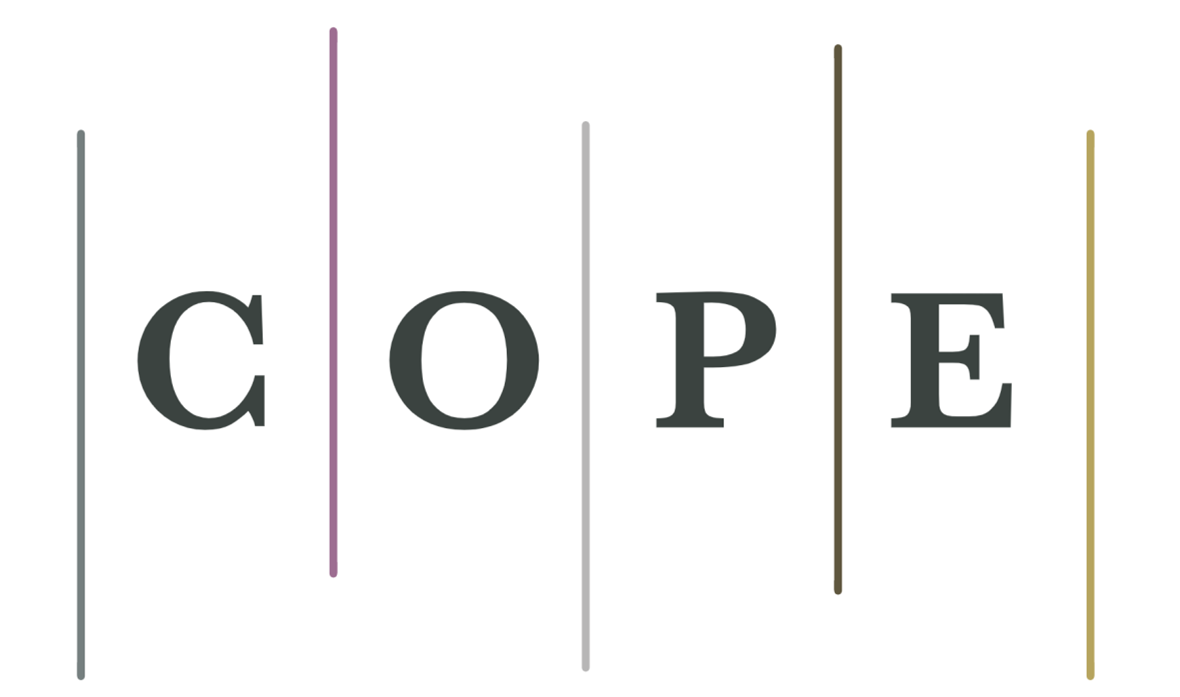Supply Chain Resilience in the Context of Global Production and Logistics
DOI:
https://doi.org/10.22153/kej.2025.08.002الكلمات المفتاحية:
supply chain resilience; production planning and control; hybrid resilience-efficiency models; cyber-resilience frameworks; multi-industry strategiesالملخص
This paper presents an in-depth review of supply chain resilience in the context of global production and logistics, considering the immediate need for adaptive and robust systems in the growing global scenario of uncertainties. This study aims to investigate the needs and strategy of SCR for global production and logistics. First, 39 articles focusing on SCR in the context of global production and logistics are selected. The articles are then classified according to the resilience strategy proposed by the authors. From the selected works published, the study unravels the key themes, such as definitions of resilience, disruption drivers, integration of digital technologies (e.g. digital twins) and the importance of cybersecurity. The paper further discusses the drawbacks of lean manufacturing, resilience metrics and its industrial applications during momentous events such as COVID-19. The findings demonstrate that although applications of technology, such as AI and predictive analytics, have reinforced the resilience of production planning and control, many issues remain unaddressed in terms of the standardisation of metrics and coordinating sustainability with resilience. The paper presents recommendations endorsing hybrid resilience-efficiency models, cyber-resilience frameworks and multi-industry strategies to enable supply chains to face future disruptions.
التنزيلات
المراجع
[1] R. Assaf, D. Gupta, and R. Kumar, “The price of war: Effect of the Russia-Ukraine war on the global financial market,” The Journal of Economic Asymmetries, vol. 28, p. e00328, 2023.
[2] N. K. Tran, H. Haralambides, T. Notteboom, and K. Cullinane, “The costs of maritime supply chain disruptions: The case of the Suez Canal blockage by the ‘Ever Given’ megaship,” International Journal of Production Economics, vol. 279, p. 109464, 2025.
[3] I. N. Pujawan and A. U. Bah, “Supply chains under COVID-19 disruptions: literature review and research agenda,” Supply Chain Forum: An International Journal, vol. 23, no. 1, pp. 81–95, 2022, doi: 10.1080/16258312.2021.1932568.
[4] J. Fiksel, M. Polyviou, K. L. Croxton, and T. J. Pettit, “From risk to resilience: Learning to deal with disruption,” MIT Sloan Management Review, vol. 56, pp. 79–86, 2015.
[5] M. K. Linnenluecke, “Resilience in Business and Management Research: A Review of Influential Publications and a Research Agenda,” International Journal of Management Reviews, Wiley-Blackwell, 2017.
[6] G. Behzadi, M. J. O’Sullivan, and T. L. Olsen, “On metrics for supply chain resilience,” European Journal of Operational Research, vol. 287, pp. 145–158, 2020.
[7] J. Feizabadi, D. M. Gligor, and T. Y. Choi, “Examining the resiliency of intertwined supply networks: a jury-rigging perspective,” International Journal of Production Research, vol. 61, pp. 2432–2451, 2021.
[8] B. Pawar, M. Huffman, F. Khan, and Q. Wang, “Resilience assessment framework for fast response process systems,” Process Safety and Environmental Protection, vol. 163, pp. 82–93, 2022.
[9] J. P. Ribeiro and A. P. F. D. Barbosa-Póvoa, “A responsiveness metric for the design and planning of resilient supply chains,” Annals of Operations Research, vol. 324, no. 1, pp. 1129–1181, 2023, doi: 10.1007/s10479-022-04521-w.
[10] D. A. Ivanov and A. Dolgui, “A digital supply chain twin for managing the disruption risks and resilience in the era of Industry 4.0,” Production Planning & Control, vol. 32, pp. 775–788, 2020.
[11] A. Chiurco, M. Elbasheer, F. Longo, L. Nicoletti, and V. Solina, “Data Modelling and ML Practice for Enabling Intelligent Digital Twins in Adaptive Production Planning and Control,” IEEE International Symposium on Multimedia, 2023.
[12] F. A. Maier, S. Puppala, and M. Oberle, “Artificial Intelligence Applications for Resilience in Manufacturing — A Systematic Literature Review,” 2024 International Conference on Artificial Intelligence in Information and Communication (ICAIIC), pp. 778–784, 2024.
[13] N. P. Greis, M. L. Nogueira, and W. Rohde, “Digital Twin Framework for Machine Learning-Enabled Integrated Production and Logistics Processes,” 2021.
[14] M. C. Carissimi, A. Creazza, and C. Colicchia, “Crossing the chasm: investigating the relationship between sustainability and resilience in supply chain management,” Cleaner Logistics and Supply Chain, 2023.
[15] H. Boyes, “Cybersecurity and Cyber-Resilient Supply Chains,” Technology Innovation Management Review, vol. 5, pp. 28–34, 2015.
[16] O. Khan and D. A. S. Estay, “Supply Chain Cyber-Resilience: Creating an Agenda for Future Research,” Technology Innovation Management Review, vol. 5, pp. 6–12, 2015.
[17] M. Negri, E. Cagno, C. Colicchia, and J. Sarkis, “Integrating sustainability and resilience in the supply chain: A systematic literature review and a research agenda,” Business Strategy and the Environment, 2021.
[18] M. C. Gurbuz, O. Yurt, S. Ozdemir, V. Sena, and W. Yu, “Global supply chains, risks and COVID-19: Supply chain structure as a mitigating strategy for small and medium-sized enterprises,” Journal of Business Research, vol. 155, p. 113407, 2023.
[19] A. Mishra, N. Gupta, and G. K. Jha, “Supply Chain Resilience: Adapting To Global Disruptions and Uncertainty,” International Journal of Innovative Research in Engineering, pp. 189–196, 2024.
[20] M.M. Weber, B. Pedell, & P.G. Rötzel, “Resilience-oriented management control systems: a systematic review of the relationships between organizational resilience and management control systems.’ J Manag Control, Vol. 35, pp. 563–620. 2024. https://doi.org/10.1007/s00187-024-00385-2
[21] S. T. Ponis, “Supply Chain Resilience: Definition Of Concept And Its Formative Elements,” The Journal of Applied Business Research, vol. 28, no. 5, n.d.
[22] UNCTAD, Review of Maritime Transport 2024, United Nations Conference on Trade and Development, 2024.
[23] M. A. F. Chowdhury, M. S. Meo, A. Uddin, and M. M. Haque, “Asymmetric effect of energy price on commodity price: New evidence from NARDL and time frequency wavelet approaches,” Energy, vol. 231, p. 120934, 2021.
[24] M. O. Ibiyemi and D. O. Olutimehin, “Cybersecurity in supply chains: Addressing emerging threats with strategic measures,” International Journal of Management & Entrepreneurship Research, vol. 6, no. 6, pp. 2024–2047, 2024, doi: 10.51594/ijmer.v6i6.1241.
[25] S. Zhang, “Using equity market reactions and network analysis to infer global supply chain interdependencies in COVID-19,” Journal of Economics and Business, vol. 115, 2021.
[26] T. M. Özbekler, “Insights From Supply Chain Disruptions in the COVID-19 Era,” Cases on Supply Chain Management and Lessons Learned From COVID-19, 2022.
[27] R. Pellegrino, B. Gaudenzi, and A. Qazi, “Capturing key interdependencies among supply chain disruptions and mitigation strategies to enhance firm performance,” International Journal of Quality & Reliability Management, 2024.
[28] J. B. Rice and Y. Sheffi, “A supply chain view of the resilient enterprise,” MIT Sloan Management Review, vol. 47, pp. 41–48, 2005.
[29] T. Kobayashi and M. Nakano, “A model to evaluate supply chains in disruption events,” in IFIP Advances in Information and Communication Technology, vol. 460, pp. 308–315, 2015.
[30] V. Saddikutti, P. K. Gudavalleti, and M. Singh, “Lean and Legacy supply chains for coordinated, demand-driven production to handle disruptions,” IFAC-PapersOnLine, 2022.
[31] I. A. Olaleye, C. Mokogwu, A. Q. Olufemi-Phillips, and T. T. Adewale, “Transforming supply chain resilience: Frameworks and advancements in predictive analytics and data-driven strategies,” Open Access Research Journal of Multidisciplinary Studies, 2024.
[32] S. Hosseini, D. A. Ivanov, and J. Blackhurst, “Conceptualisation and Measurement of Supply Chain Resilience in an Open-System Context,” IEEE Transactions on Engineering Management, pp. 1–16, 2020.
[33] R. Li, Q. Dong, C. Jin, and R. Kang, “A New Resilience Measure for Supply Chain Networks,” Sustainability, vol. 9, pp. 1–19, 2017.
[34] G. Arji, H. Ahmadi, P. Avazpoor, and M. Hemmat, “Identifying resilience strategies for disruption management in the healthcare supply chain during COVID-19 by digital innovations: A systematic literature review,” Informatics in Medicine Unlocked, vol. 38, p. 101199, 2023.
[35] I. Alsakhen, L. Buics, and E. Süle, “AI-driven resilience in revolutionising supply chain management: A systematic literature review,” Journal of Infrastructure, Policy and Development, vol. 8, no. 16, p. 9474, 2024, doi: 10.24294/jipd9474.
[36] J. O. Enyejo, A. F. Adeyemi, T. M. Olola, E. Igba, and O. Q. Obani, “Resilience in supply chains: How technology is helping USA companies navigate disruptions,” Magna Scientia Advanced Research and Reviews, vol. 11, no. 2, pp. 261–277, 2024, doi: 10.30574/msarr.2024.11.2.0129.
[37] S. Mandal, “Supply chain resilience: a state-of-the-art review and research directions,” International Journal of Disaster Resilience in The Built Environment, vol. 5, pp. 427–453, 2014.
[38] G. Baryannis, S. Dani, and S. Validi, "Decision Support Systems and Artificial Intelligence in Supply Chain Risk Management," in Revisiting Supply Chain Risk, vol. 7, 2019, ISBN: 978-3-030-03812-0.
[39] M. Christopher and H. Peck, "Building the Resilient Supply Chain," The International Journal of Logistics Management, vol. 15, no. 2, pp. 1–14, 2004. doi.org/10.1108/09574090410700275
التنزيلات
منشور
إصدار
القسم
الرخصة
الحقوق الفكرية (c) 2025 مجلة الخوارزمي الهندسية

هذا العمل مرخص بموجب Creative Commons Attribution 4.0 International License.
حقوق الطبع والنشر: يحتفظ مؤلفو الوصول المفتوح بحقوق الطبع والنشر لاعمالهم، ويتم توزيع جميع مقالات الوصول المفتوح بموجب شروط ترخيص Creative Commons Attribution License، والتي تسمح بالاستخدام غير المقيد والتوزيع والاستنساخ في أي وسيط، بشرط ذكر العمل الأصلي بشكل صحيح. إن استخدام الأسماء الوصفیة العامة، والأسماء التجاریة، والعلامات التجاریة، وما إلی ذلك في ھذا المنشور، حتی وإن لم یتم تحدیدھ بشکل محدد، لا یعني أن ھذه الأسماء غیر محمیة بموجب القوانین واللوائح ذات الصلة. في حين يعتقد أن المشورة والمعلومات في هذه المجلة صحيحة ودقيقة في تاريخ صحتها، لا يمكن للمؤلفين والمحررين ولا الناشر قبول أي مسؤولية قانونية عن أي أخطاء أو سهو قد يتم. لا يقدم الناشر أي ضمان، صريح أو ضمني، فيما يتعلق بالمواد الواردة في هذه الوثيقة.















